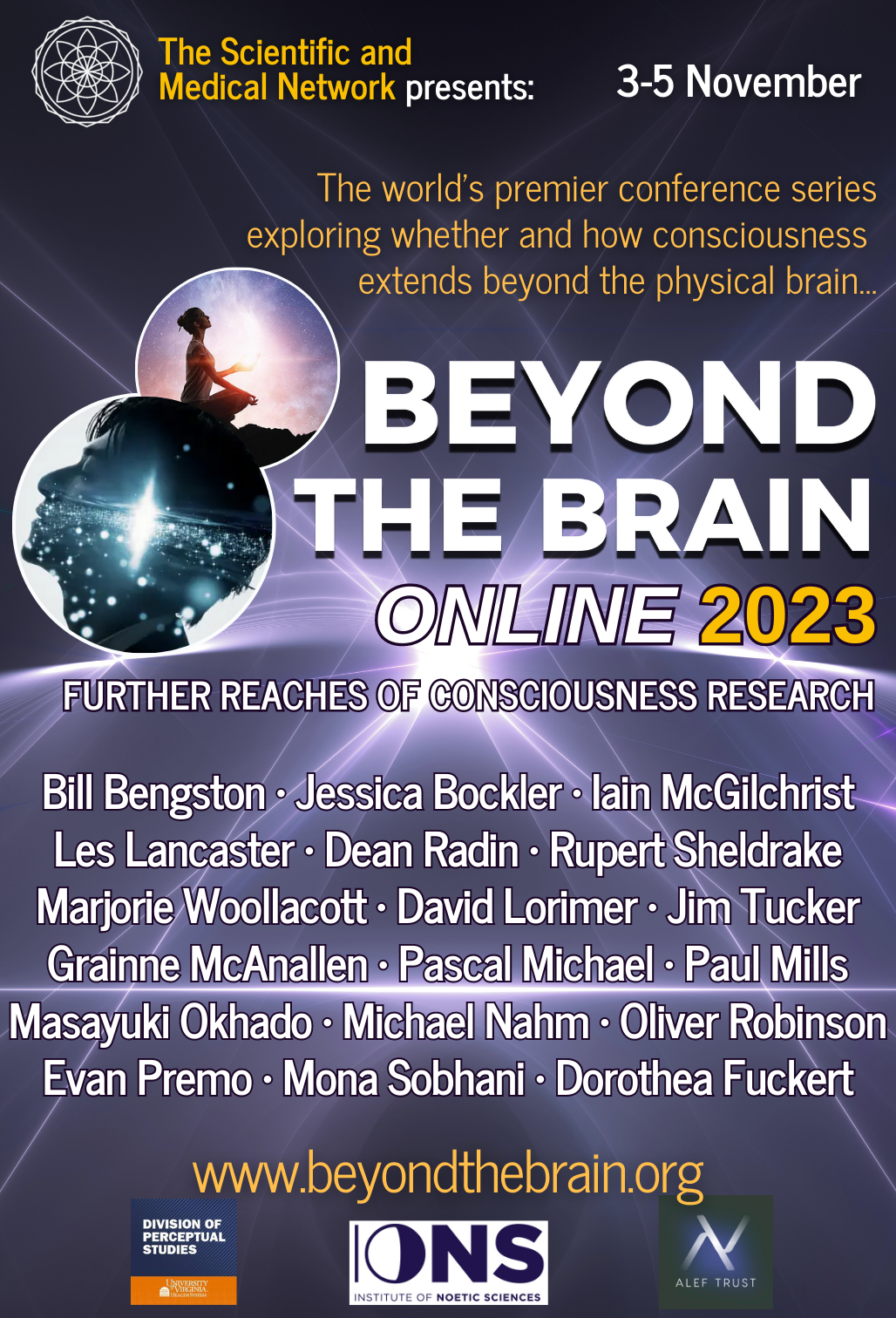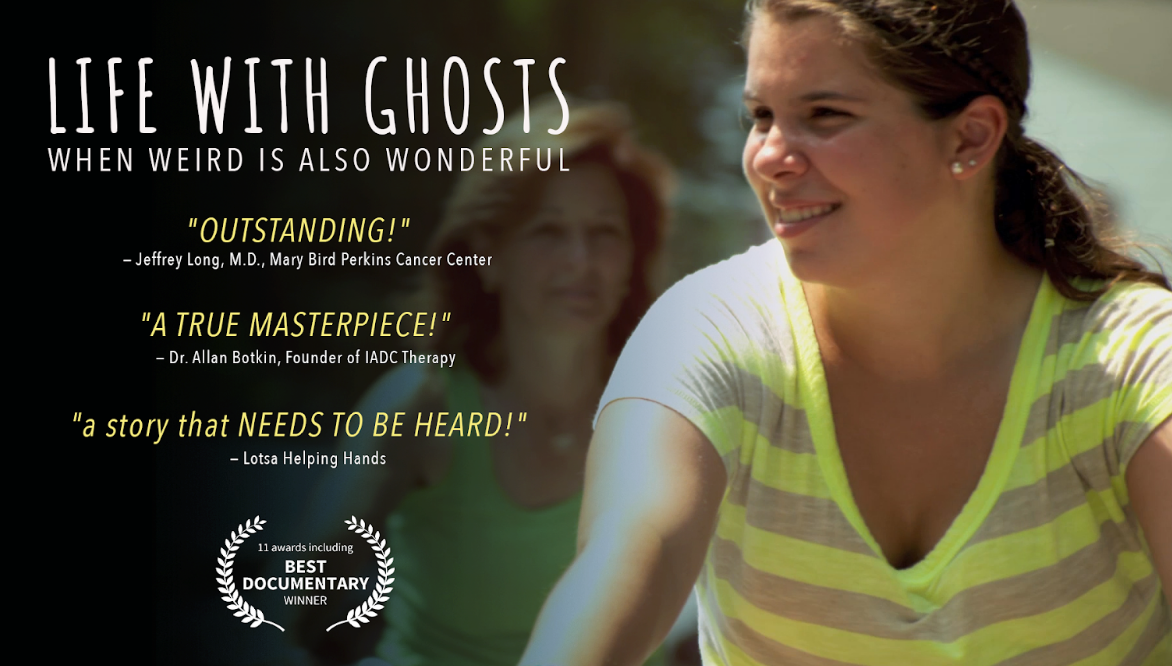Beyond the Brain 2023
Online Conference
The world’s premier conference series exploring whether and how consciousness extends beyond the physical brain
3-5 November 2023
Dr Rupert Sheldrake and Dr Iain McGilchrist – In Dialogue
We are delighted to offer you the recording of Dr Rupert Sheldrake and Dr Iain McGilchrist in dialogue, below.
Dialogue took place on Saturday morning, 4th November 2023.
About
I regard consciousness as fundamental, matter is derivative from consciousness. We cannot get behind consciousness. Everything that we talk about, everything that we regard as existing, postulates consciousness. There is no matter as such; it exists only by virtue of a force bringing the particle to vibration and holding it together in a minute solar system; we must assume behind this force the existence of a conscious and intelligent mind. The mind is the matrix of all matter.
Max Planck, Nobel Laureate
Beyond the Brain is the world’s premier conference series exploring new research on whether and how consciousness and mind extend beyond the physical brain and body. This year’s event covers children who remember previous lives, energy medicine and healing, spiritual awakening in scientists and academics, neuroscience and spirituality, terminal lucidity, DMT and consciousness, and the more general issues of nonlocal consciousness and the consciousness-brain relationship. There will also be an experiential session on each day.
Consciousness is one of the hottest topics in science, which is why we established the interdisciplinary Beyond the Brain conference series with Willis Harman and Edgar Mitchell of the Institute of Noetic Sciences at St John’s College, Cambridge in 1995. This will be the sixteenth in the series. The conferences all explore the frontiers of consciousness research beyond the limits of scientific materialism based on the assumption that the brain gives rise to consciousness.
We are hosting this year’s event in partnership with three other organisations active in the field: The Institute of Noetic Sciences, The Division of Perceptual Studies, University of Virginia and The Alef Trust, with whom we collaborate on MSc in Transpersonal Psychology and Consciousness Studies. This year marks the Golden Jubilee of the SMN as well as of IONS.
Our speakers are all at the cutting edges of their fields and will be discussing innovative research that probes the nature of consciousness. You will gain a vital overview and a deeper understanding of how consciousness research is expanding the horizons of science. This mind-stretching conference is not to be missed, so we greatly look forward to your participation!
this year’s
Science and the Healing Power of After-death Communication
Best Documentary winner
This is fascinating: The University of North Texas recorded the first-ever publicly funded facilitation of after-death communication in a clinical setting. The study was captured in Best Documentary winner Life With Ghosts — narrated by a dozen scholars in the field. The film is not publicly available, but the filmmakers have agreed to make their film available for our conference.
clips from
Past conferences
Rupert Sheldrake at Beyond the Brain 2019
Oliver Robinson at Beyond the Brain 2018
What people say
Beyond the Brain is a wonderful conference that grounds the outer reaches of science in everyday experience. The speakers are the leaders in their fields. The SMN attends to all necessary details to make this a meaningful and memorable experience. I will continue to attend each year.
Beyond the Brain just gets better every year. It offers a range of inspiring presentations by international speakers and opportunities for experiential sessions that are seldom found anywhere else.
I think Beyond the Brain and the work of the Scientific and Medical Network very important. Their tireless work to shift the boundaries defined by scientific materialism and find common ground between the material and non-material worlds has to be a keystone to a better understanding of the world and cosmos in which we all live.
I attend Beyond the Brain every year. It is a spiritual pilgrimage which I joyfully undertake to discover more about ‘who I am’. It is the only place I know of where I can meet up with so many spiritually curious, like-minded souls, all intent on exploring consciousness in an open ended but scientifically informed manner.
Quite frankly, this symposium served as an inspiration to me during what I consider to be ‘dark times’ in planetary consciousness. The speakers were excellent and the information quite likely vital if humanity is to survive the current challenges we now face as a collective species.
Wonderful opportunity to listen to inspiring people, learn about the latest experiments and hypotheses and discuss ideas on consciousness and psi phenomena with others.
A most stimulating and mind-expanding experience.
The whole weekend was life changing and inspirational!
This far exceeded my expectations and allowed me to interact with leading academics on the subject of Near-Death Experience and allied subjects.

